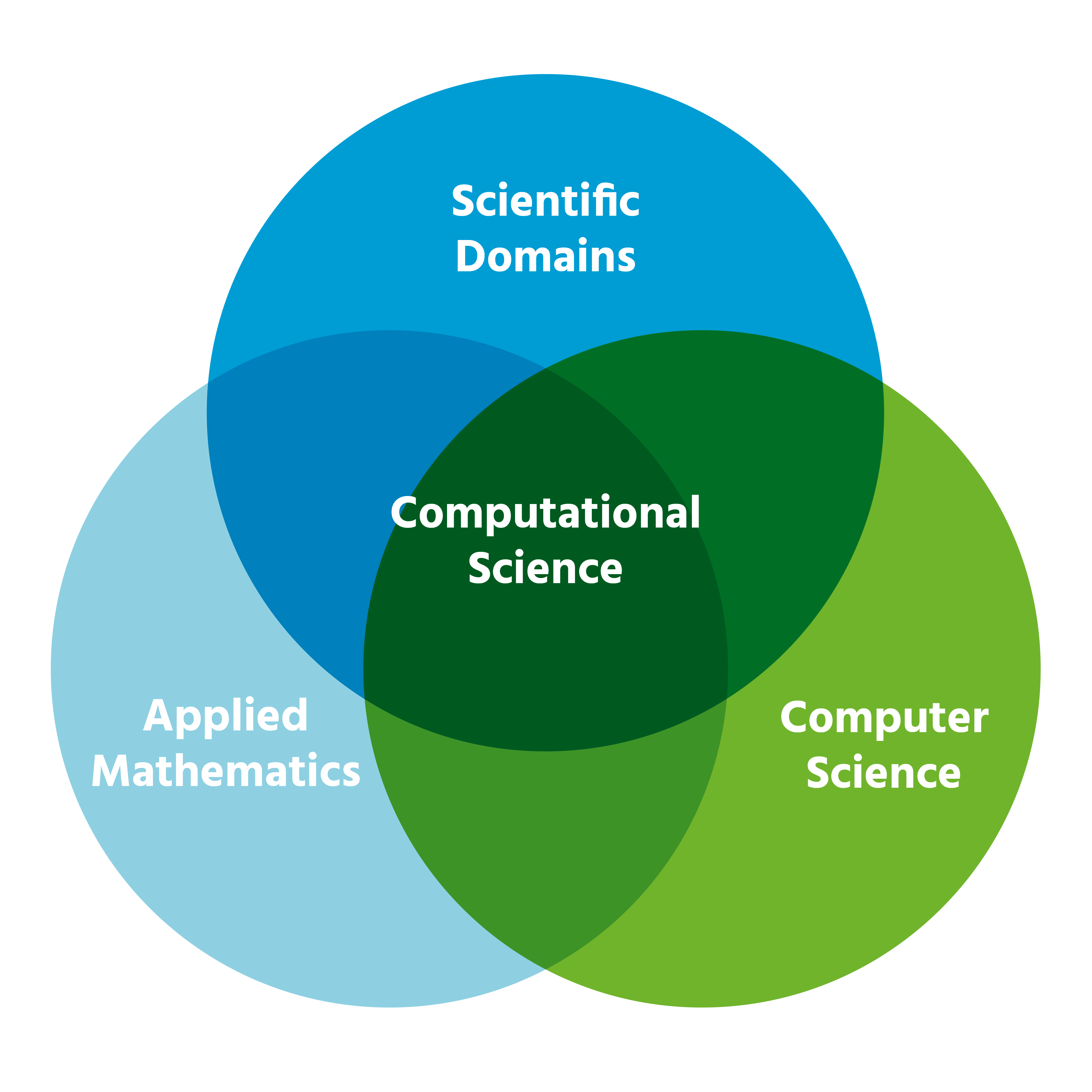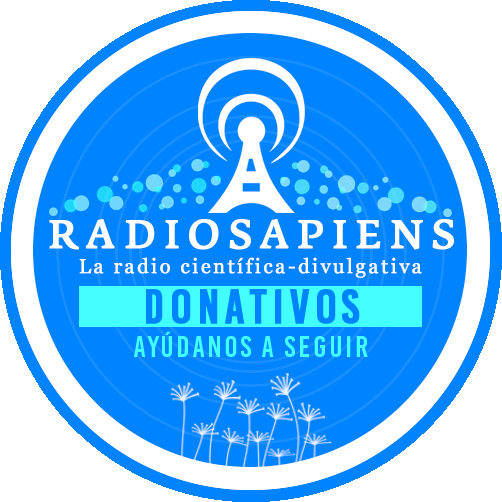Understanding the Distinct Roles of Science and Technology in Modern Society
Introduction
The terms “science” and “technology” are often used together, yet they represent fundamentally different concepts that drive human progress in unique ways. Understanding the distinction between science and technology is crucial for students, professionals, and anyone interested in how society advances. This article demystifies these concepts, explores their relationship, and provides actionable guidance for leveraging both in various fields.
Defining Science and Technology
Science is the systematic process of gaining knowledge about the natural world through observation, experimentation, and logical analysis. Its primary aim is to explain phenomena, uncover laws of nature, and expand the boundaries of human understanding. Scientific disciplines such as physics, chemistry, and biology focus on discovering truths about the universe, often without immediate practical application in mind [1] [3] . For example, the study of gravitational waves or the structure of DNA began as pure scientific inquiry.
Technology, on the other hand, is the application of scientific knowledge to solve practical problems, create tools, and improve lives. It is concerned with inventions, processes, and products that address human needs and challenges. Technology transforms scientific discoveries into tangible solutions, from smartphones and electric cars to life-saving medical devices [1] [5] . While science asks “what is this?” and “why does it happen?”, technology asks “how can we use this?” and “what can we build with it?”
Core Differences Between Science and Technology
Although intertwined, science and technology diverge in several key aspects:
- Purpose: Science seeks to discover knowledge and understand natural laws, while technology aims to apply that knowledge for practical benefit.
- Methodology: Scientific inquiry relies on observation, hypothesis, experimentation, and theory development. Technology uses design, testing, modification, and implementation to develop functional products [2] .
- Outcome: The end result of science is new knowledge or theories. The outcome of technology is products, processes, or services used in daily life [3] .
- Change: Science evolves gradually as new discoveries are made. Technology changes rapidly as new applications, inventions, and improvements are introduced [1] .
- Effect: Science is value-neutral and primarily beneficial as it expands knowledge. Technology can be both beneficial and harmful, depending on how it is used (e.g., renewable energy vs. weapons) [5] .
Real-World Examples and Case Studies
To illustrate the relationship and distinction between science and technology, consider the following examples:
Medical Science and Technology: Scientific research in biology and chemistry led to the discovery of antibiotics. Technology transformed this knowledge into mass-produced medicines and sophisticated diagnostic devices, saving millions of lives worldwide.
Space Exploration: Physics and astronomy provided the theoretical foundation for understanding gravity and orbits. Technology used this knowledge to engineer rockets, satellites, and space probes, making space travel possible [1] .
Information Technology: Mathematics and logic underpin computer science, leading to technological innovations like computers, the internet, and artificial intelligence. These technologies now drive modern communication, business, and entertainment [5] .
How to Access Education and Career Opportunities
Those interested in pursuing a career in science or technology have numerous pathways:
- Research universities and colleges offer undergraduate and graduate degrees in both scientific and technological fields. Explore official university websites and search for programs in physics, engineering, computer science, or biotechnology for more information on admission requirements and curricula.
- Many professional associations, such as the American Association for the Advancement of Science (AAAS) and the Institute of Electrical and Electronics Engineers (IEEE), provide resources, networking, and career advice. Visit their official websites to access publications, conferences, and scholarship opportunities.
- Government agencies like the National Science Foundation (NSF) and the National Institutes of Health (NIH) fund research and support STEM education. To find grants, internships, or fellowships, visit the official agency websites and search their respective funding or career sections.
- For those seeking hands-on experience, technology incubators, makerspaces, and coding bootcamps offer practical training in design, prototyping, and software development. Search for “technology incubator” or “makerspace” in your region to find options nearby.
Always verify the legitimacy of organizations and education providers by checking for accreditation and official status before enrolling or applying.

Source: jagranjosh.com
Practical Guidance for Leveraging Science and Technology
If you want to enhance your skills or bring innovations to market, consider these steps:
- Identify Your Interest: Determine whether you are driven by curiosity (science) or by a desire to solve problems and build solutions (technology).
- Choose the Right Learning Path: Select programs or courses that align with your goals. Science tracks often emphasize theory and research, while technology programs focus on practical application and design.
- Engage in Research or Development Projects: Join research labs, participate in hackathons, or collaborate on open-source projects to gain experience and build your portfolio.
-
Keep Up with Trends:
Follow reputable science journals and technology news outlets to stay informed about the latest discoveries and innovations. For science, journals like
Nature
or
Science
are authoritative. For technology, sources like MIT Technology Review or IEEE Spectrum offer credible insights. - Network with Professionals: Attend conferences, workshops, and seminars organized by scientific and technological societies to learn from experts and connect with peers.
Some opportunities, such as scholarships or internships, may be available through government agencies or educational institutions. For official information, visit the agency or school’s website directly and search for “scholarship” or “internship” programs. Do not rely on unofficial sources.
Current Trends and Future Outlook
The relationship between science and technology continues to shape modern society. Scientific breakthroughs in fields like genetics, quantum physics, and environmental science are driving technological advances in healthcare, computing, and sustainability. Conversely, emerging technologies like artificial intelligence and biotechnology are enabling new scientific discoveries by providing powerful research tools [1] [2] .
For businesses and organizations, understanding the difference between science and technology is key to innovation. Science drives long-term research and foundational discoveries, while technology focuses on development, commercialization, and societal impact. Successful innovation often requires interdisciplinary teams that bridge both domains.
Potential Challenges and Solutions
One challenge is the ethical use of technology. While science is mainly concerned with knowledge, technology can have unintended consequences, such as privacy concerns or environmental impact. It is crucial to implement responsible innovation practices, seek guidance from regulatory agencies, and consider societal values when developing and deploying new technologies.
Another challenge is ensuring equitable access to scientific education and technological resources. Many organizations and governments offer programs to support underrepresented groups in STEM. To find such opportunities, search for “STEM diversity initiatives” or visit official education department websites.
Summary and Key Takeaways
Science and technology are distinct yet deeply connected pillars of progress. Science uncovers the mysteries of the universe, while technology transforms that knowledge into practical solutions that shape everyday life. By understanding their differences and how they interact, individuals and organizations can better leverage both to drive innovation, solve real-world problems, and prepare for future challenges.

Source: nativecamp.net
References
- [1] GeeksforGeeks (2025). Difference between Science and Technology.
- [2] National Center for Biotechnology Information (2016). Science and Technology Is Not Simply Equal to Sci-Tech.
- [3] Key Differences (2023). Difference Between Science and Technology.
- [4] BYJU’S (2023). Difference Between Science And Technology.
MORE FROM searchhole.com













